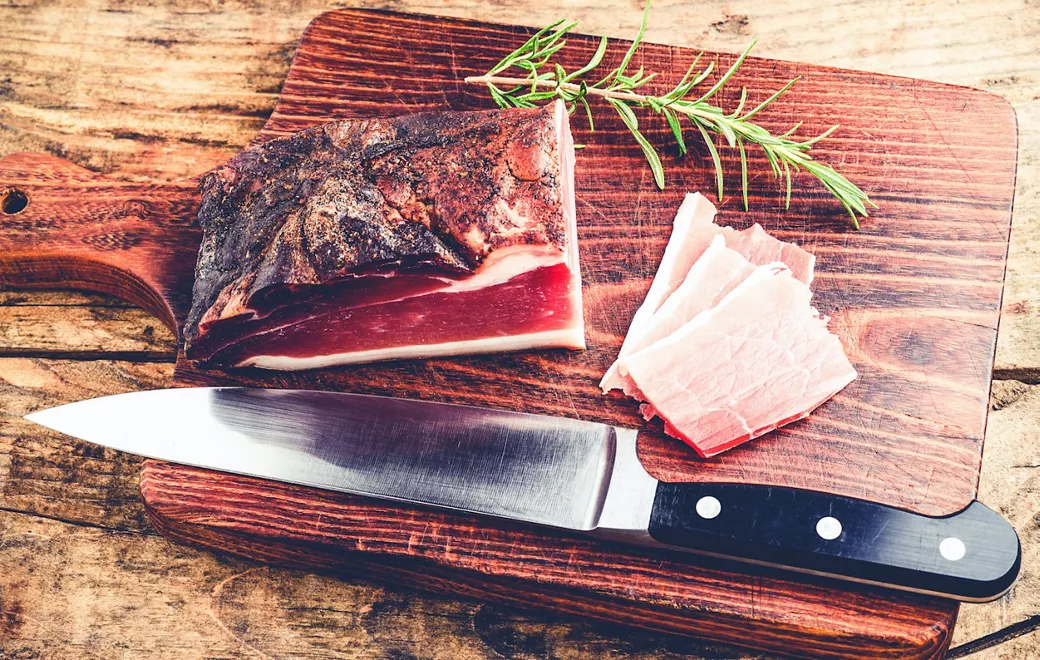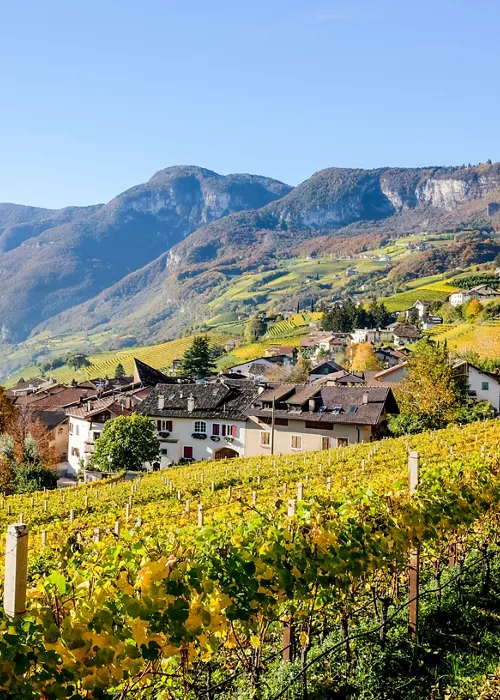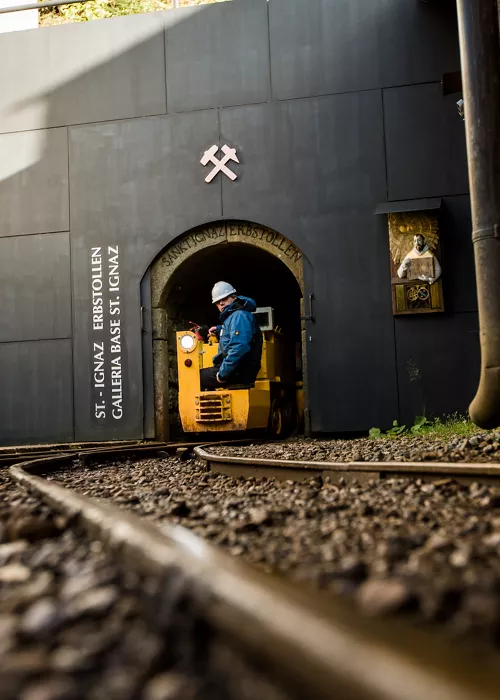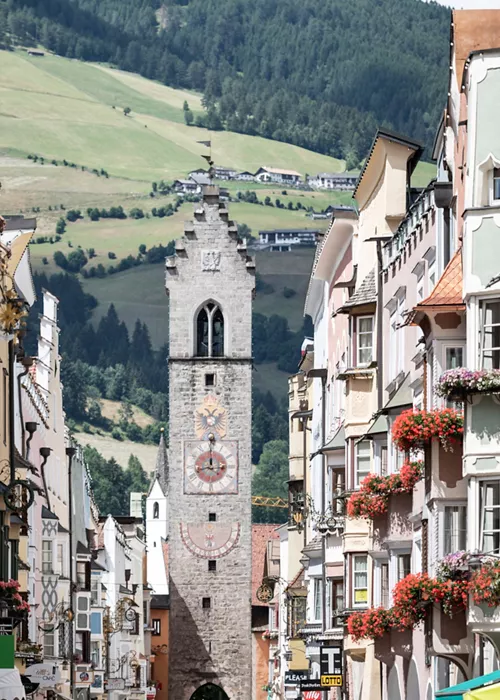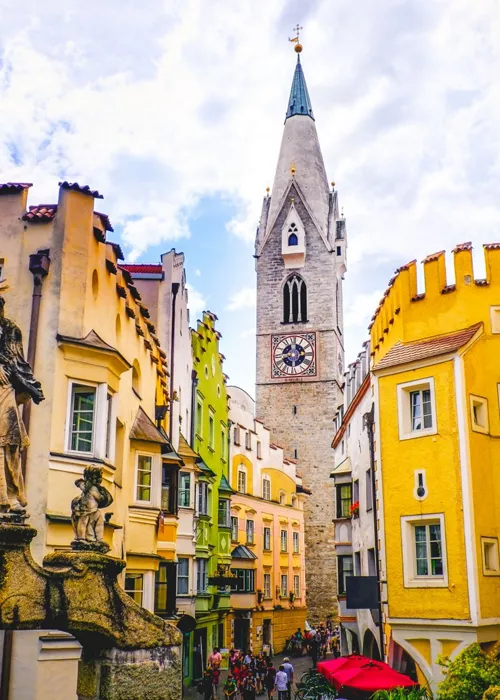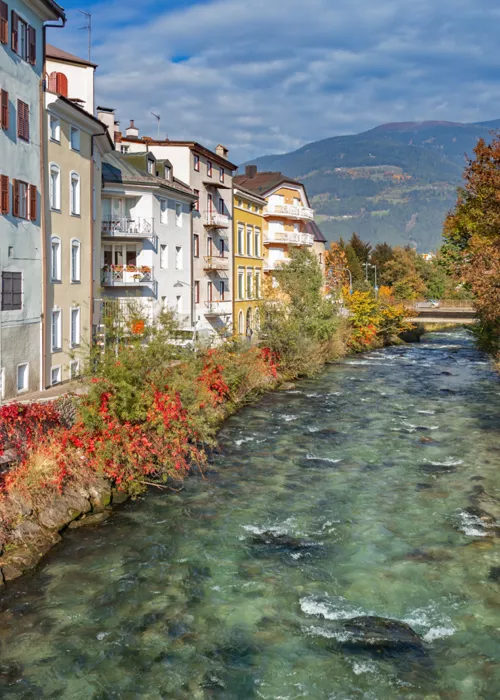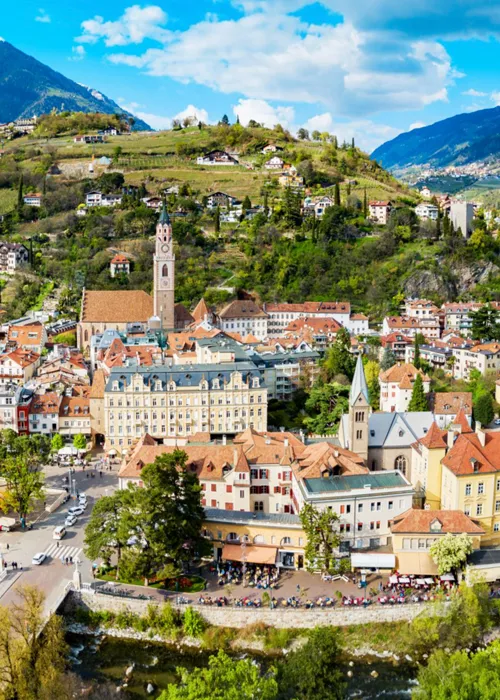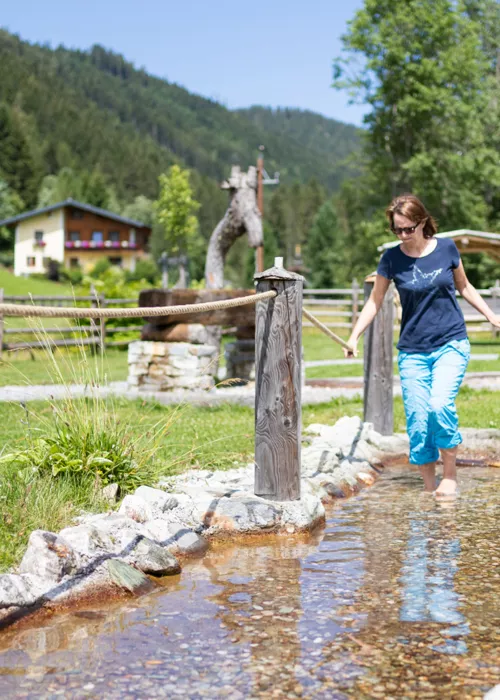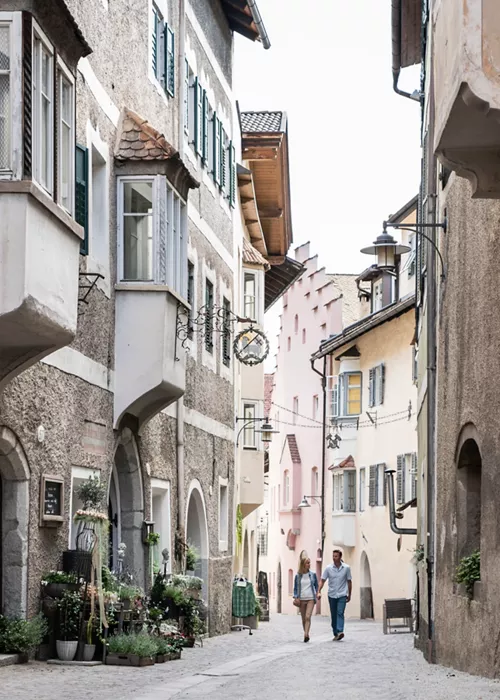Speck Alto Adige PGI
3 minutes
Speck Alto Adige PGI is one of the Italian products of excellent, from the valleys at the foothills of the Dolomites in South Tyrol. It is made by utilising a unique method for the curing of the pork meat by fresh-air ageing in South Tyrol and then it is lightly smoked. Speck Alto Adige PGI (Protected Geographical Indication) is a raw ham boned, trimmed, dry-salted, dried and aged for at least 22 weeks, produced only by 29 producers certified by the Speck Alto Adige Protection Consortium.
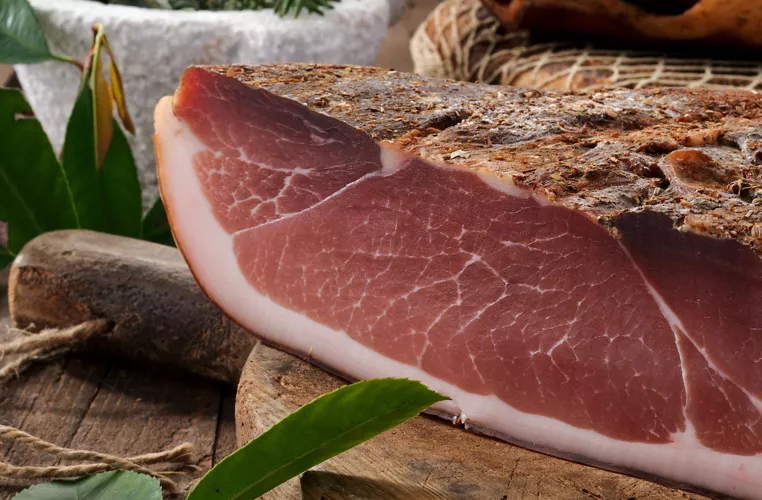
The unmistakeable aroma and taste for a flavour which is hard to forget. Have you ever wondered how to obtain this explosion of goodness? Artisan know-how, tradition and accurate selection of the raw materials are the starting points on the road towards speciality according to the ancient golden rule “little salt, some smoke and much fresh air”. The speck hams are coated with a mixture of salt and spices such as pepper, juniper, rosemary and bay leaf which every producer doses according to a very secret recipe and paying close attention to the fact that the final product must not contain more than 5% salt. After the seasoning, the process of lightly smoking the speck, which takes place with slightly resinous beechwood, begins. After the smoking process, the twenty-two week ageing period begins, during this time the speck loses approximately one-third of its initial weight and acquires its typical consistency. During the ageing, a natural layer of aromatic mould develops on the speck, this layer is removed at the end of the process. It is an indication of the proper environmental conditions in which the ageing takes place as well as the excellent quality of the speck.
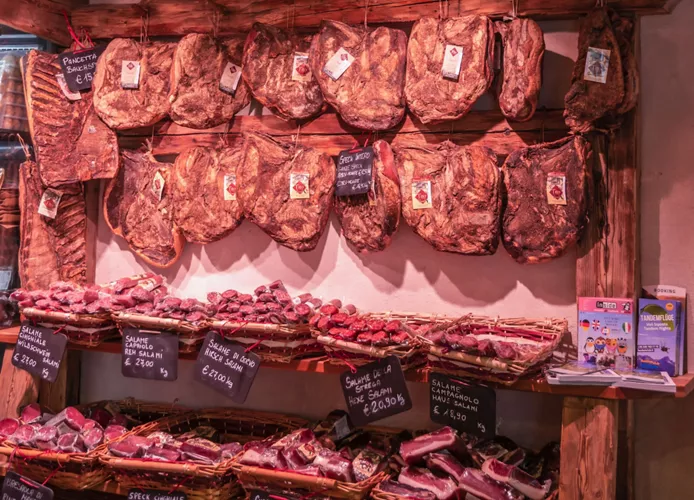
One cannot just imagine that this is all it takes for the authentic Speck Alto Adige to be made. The Speck Alto Adige Protection Consortium is highly exacting and in order to guarantee the maximum quality, once the ageing is completed, rigorous controls are carried out in collaboration with the IFCQ (Istituto Friulano Controllo Qualità - Quality Control Friulian Institute) independent institute which verifies that all the quality criteria is complied with in each of the phases of production of the ham: from the selection of the meat to the finished product. Only those hams that are compliant with all the quality criteria and pass all the control processes are fire-branded with the official logo “Speck Alto Adige IGP”
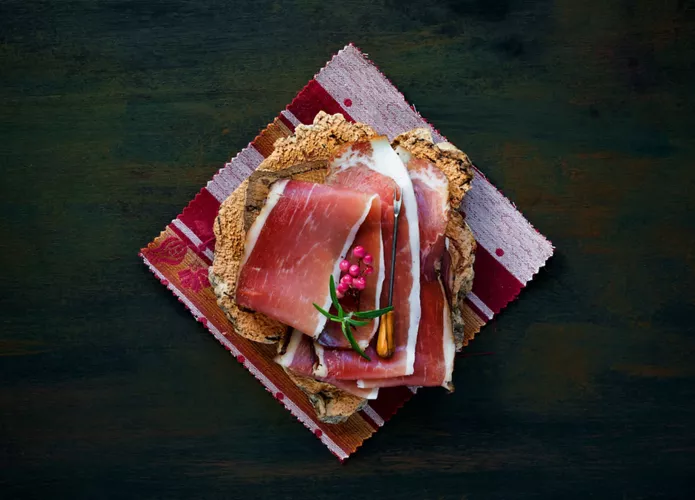
Two methods for curing the meat: ageing, common in the Mediterranean areas, and smoking, typical of Northern Europe, have been fused together here in South Tyrol, along the ridge of the Alps, land of confluence of two cultures and which have given life to an entirely original product. The history of speck is ancient and already in 1200, several documents report on its existence and on the necessity to preserve meats for long periods. Speck was a food for farmers but over time it has established itself as a main course during celebrations. Still today it plays a leading role both in the typical South Tyrol snack and as an ingredient for contemporary dishes.
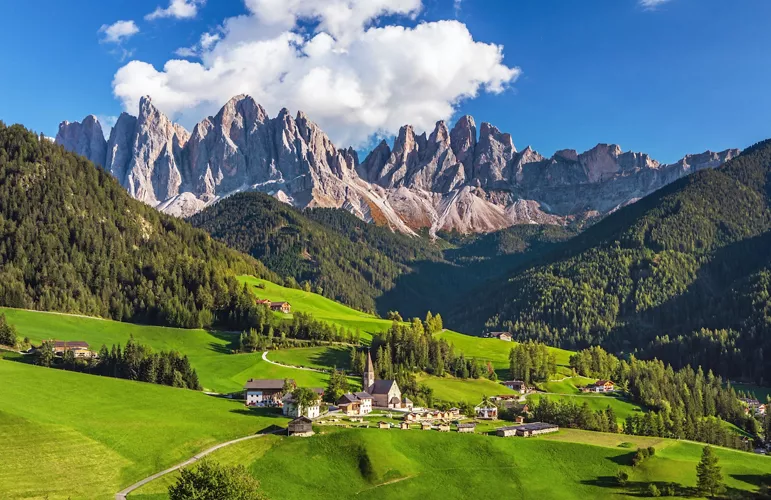
Cut into small pieces or in thin slices, with Schuttelbrot (crunchy Alto Adige rye bread) and a glass of the local wine, that is how to enjoy speck according to tradition. But speck goes well in many dishes and it can be eaten with or without its spicy crust, sliced by hand or with a slicer, cut into cubes or julienne style. Speck sliced very thinly melts better in your mouth, but whichever way you choose to cut the speck remember to remove the rind and cut always against the grain. Recommendation: Speck keeps well for several weeks in the refrigerator placed between two plates. The official site of the Consortium offers many other savoury recipes made with speck for your table. Speck is an icon for Alto Adige region cuisine, a delicacy known all over the world and celebrated each first weekend in October in Plan de Corones, with an event for all lovers of Italian typical and traditional eno-gastronomic specialities. The Speck Festival provides two days of entertainment with music, folklore, cooking courses and artisan markets.

